Building a house on a flatbed trailer can be an innovative solution for those seeking mobile living, whether due to financial considerations, a nomadic lifestyle, or desires for a minimized ecological footprint. This guide provides an in-depth analysis of the process, broken down into digestible sections, ensuring you understand every critical element involved in this unique construction method.
Understanding the Basics of Flatbed Trailers
Types of Flatbed Trailers
Before embarking on your journey to construct a house on a flatbed trailer, it is crucial to familiarize yourself with the types of flatbed trailers available:
| Type | Description |
|---|---|
| Standard Flatbed | A versatile option commonly used for transporting goods. It provides a strong foundation, yet may need reinforcement for residential purposes. |
| Gooseneck | Designed with a raised front that connects to a vehicle hitch, it offers increased stability and towing capacity, making it a popular choice for tiny homes. |
| Deckover | This type boasts a higher deck than the standard with a wider platform. Useful for creating a larger living space, but accessibility may be an issue. |
| Equipment Trailer | Built to carry heavy machinery, this trailer can withstand larger loads but may require structural enhancements to convert into a liveable space. |

Key Features to Consider
When selecting a flatbed trailer for your house-building endeavor, consider the following attributes:
- Weight Capacity: Ensure that the trailer can support the weight of the building materials and any furnishings.
- Dimensions: The size will dictate the livable area. Standard sizes often range from 14 to 48 feet in length.
- Material Strength: Look for trailers made of durable materials like steel or aluminum to enhance longevity.
Planning Your House Design
Space Utilization
Effective space utilization is essential. Craft a design that maximizes every square inch while maintaining comfort. Consider the following elements:
- Open Floor Plan: This design paradigm promotes airflow and visual connectivity, making a small space feel larger.
- Multifunctional Furniture: Use furniture that can serve multiple purposes—like a bed that converts into a couch.
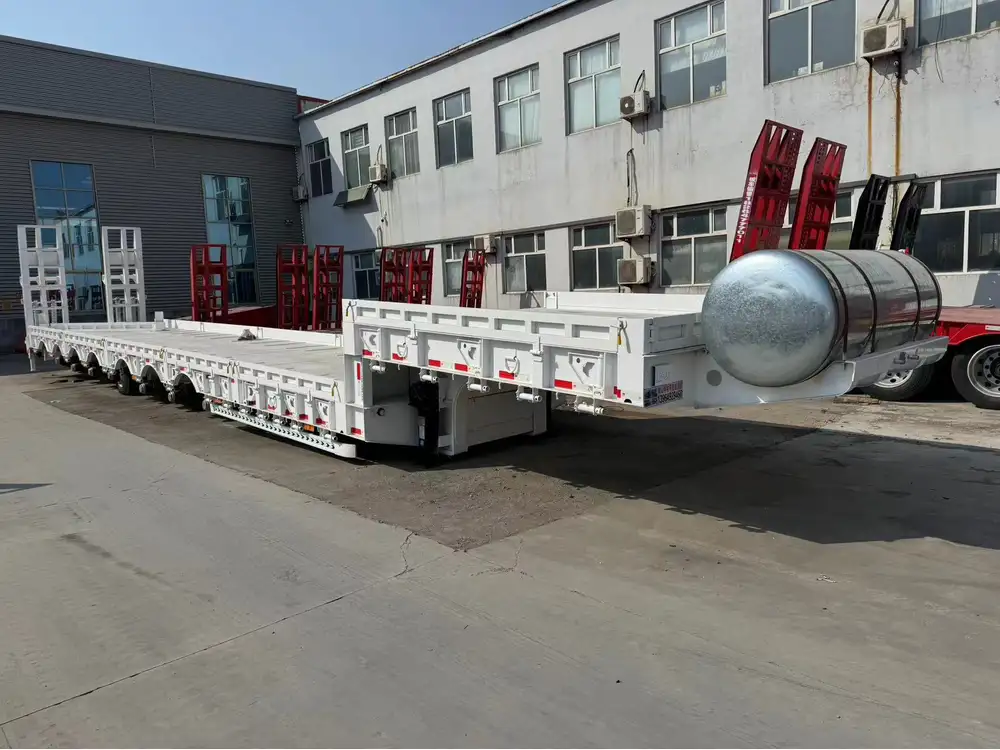
Zoning and Regulations
Research local zoning laws as they vary significantly by region. Consider these guidelines:
- Permitting: Check with local authorities to see if permits are required to build a mobile home.
- Building Codes: Adhere to safety standards to ensure your home is not only functional but also compliant with regulations.
Essential Construction Elements
Structural Integrity
Reinforcing the Trailer Frame
To convert a flatbed trailer into a structurally sound home, reinforcement is crucial. Engage professionals or follow these steps:
- Add Cross Bracing: Bolt diagonal bracing to support the trailer’s frame.
- Install a Subfloor: Use plywood to distribute weight evenly and provide a foundation for insulation.

Insulating Your Home
Proper insulation is vital for energy efficiency and comfort. Here are various materials that fit the bill:
| Insulation Material | Advantages | Disadvantages |
|---|---|---|
| Foam Board | Excellent R-value | Can be expensive |
| Fiberglass | Cost-effective | Requires protective gear |
| Spray Foam | Highest R-value | Labor-intensive |
Electrical and Plumbing Systems
Electrical
- Solar Panels: Harness the sun’s energy for an off-grid power supply.
- Wiring: Follow the National Electrical Code (NEC) to ensure safe wiring practices.

Plumbing
- Water Storage: Consider installing a tank that fits beneath the trailer.
- Waste Management: Plan for a septic system or a compost toilet to address waste disposal.
Interior Design Considerations
Creating an Inviting Atmosphere
Utilizing a small area for a home requires creativity. Here’s how to make a modest space feel welcoming:
- Light Colors: Paint walls in light shades to create a brighter ambiance.
- Mirrors: Enhance the perception of space with strategically placed mirrors.
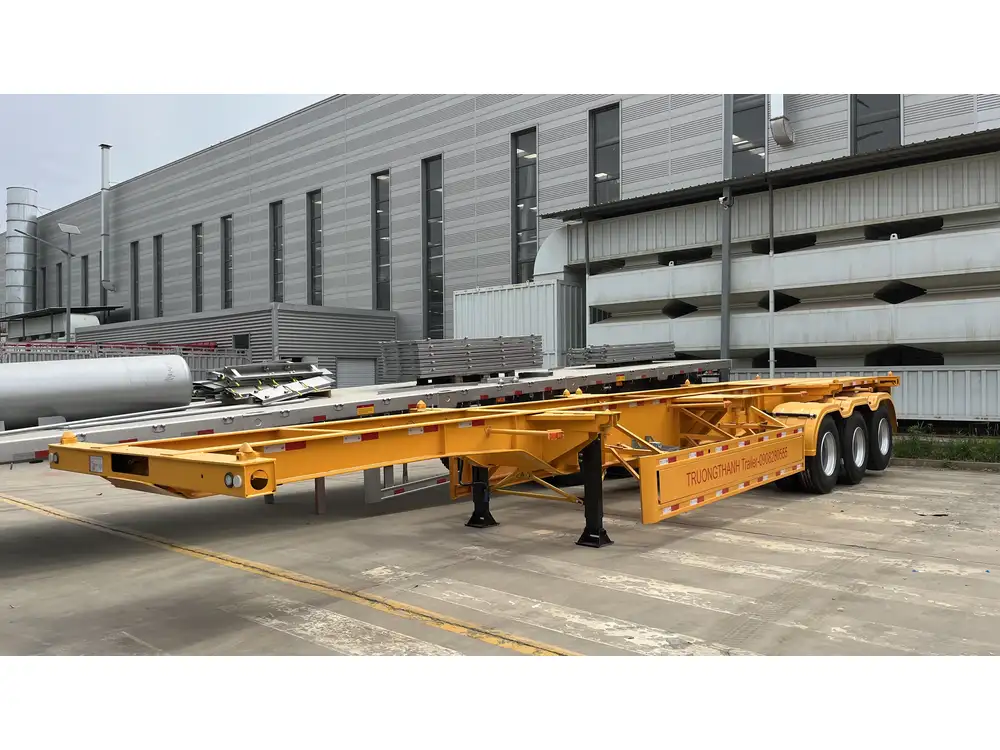
Practical Layout Ideas
Kitchen, Living, and Sleeping Areas
- Kitchen: Design a compact area with essential appliances. Consider a mini refrigerator, a two-burner stove, and overhead shelves.
- Living Space: Use pull-out sofa beds to maximize sleeping arrangements.
- Bedroom: Loft your bed to create room for storage underneath.
Outdoor Space and Accessibility

Designing a Deck or Porch
Adding a deck or porch offers valuable outdoor space for relaxation or entertainment. Consider these options:
- Foldable Deck: Easy to install and remove, good for minimalist setups.
- Permanent Decking: Construct with treated wood for durability and stability.
Choosing Access Points
Accessibility matters—ensure you have sturdy steps or ramps leading to your trailer to accommodate all visitors.
Maintenance and Longevity
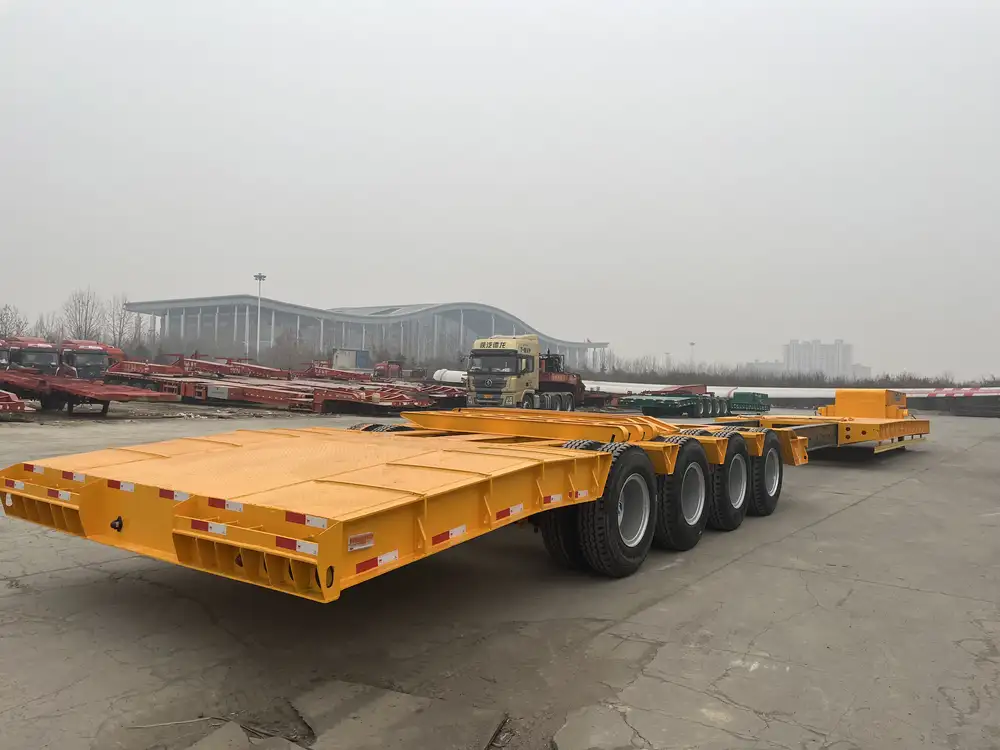
Regular Maintenance Tips
To enhance the lifespan of your flatbed trailer home, establish a routine:
- Check for Rust: Regularly inspect the frame and trailer connections.
- Weatherproofing: Apply sealant to any gaps or openings to prevent leaks.
Seasonal Preparations
- Winter: Insulate and drain plumbing systems to prevent freezing.
- Summer: Ensure adequate ventilation to keep your interior cool.
Budgeting for Your Build
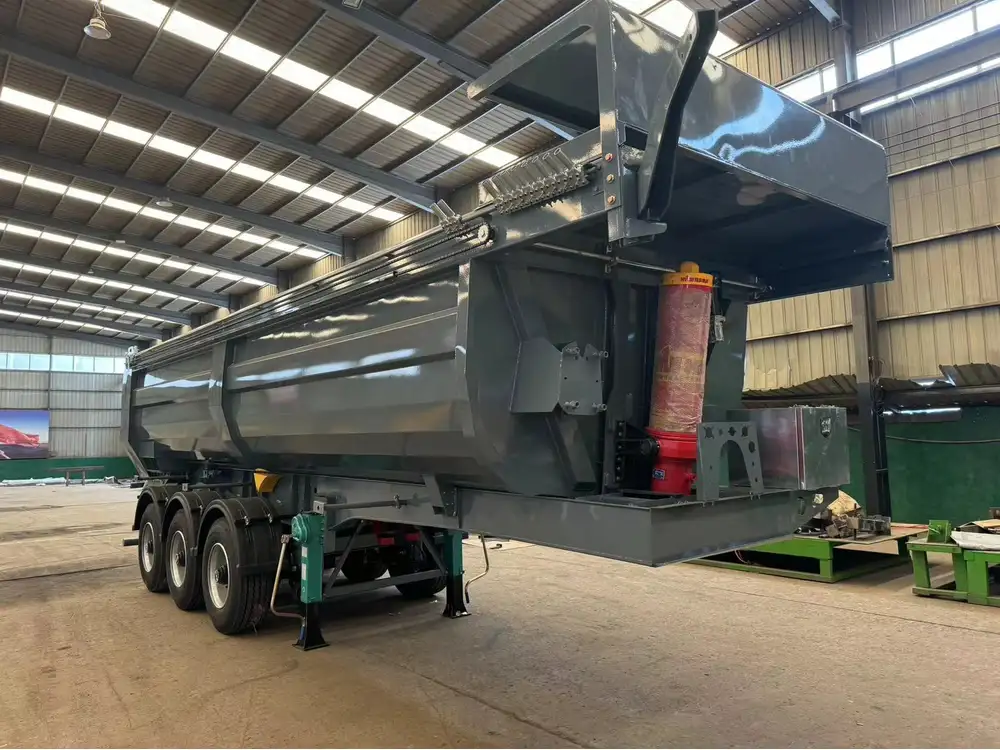
Cost Breakdown
Creating a house on a flatbed trailer invites unique budgeting techniques. Here’s a breakdown to get you started:
| Item | Estimated Cost |
|---|---|
| Flatbed Trailer | $3,000 – $10,000 |
| Materials (wood, etc.) | $5,000 – $15,000 |
| Insulation | $1,000 – $3,000 |
| Electrical & Plumbing | $2,000 – $6,000 |
| Interior Finishings | $1,500 – $5,000 |
Tips for Cost Savings
- DIY Where Possible: Engaging in DIY can significantly reduce labor costs.
- Salvaged Materials: Utilize wood and fixtures from reclaimed sources to cut expenses.
Living the Trailer Home Lifestyle
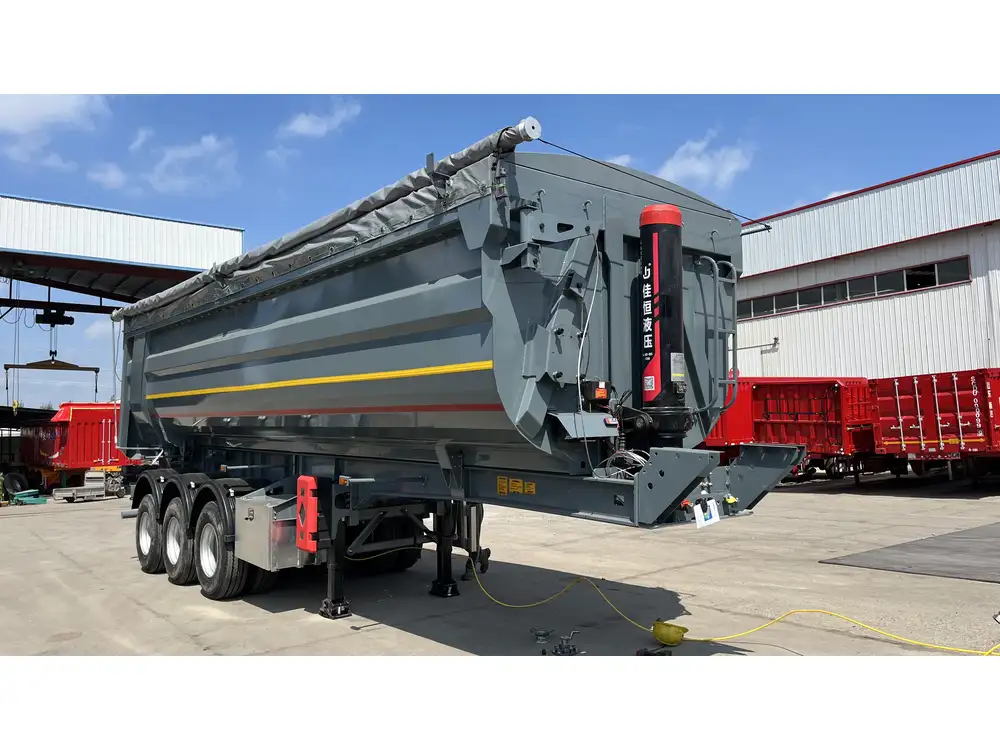
Benefits of Flatbed Trailer Living
- Mobility: The ability to relocate easily opens new horizons.
- Cost Efficiency: Lower utilities and maintenance create long-term savings.
- Minimalism: Live deliberately, prioritizing what truly matters.
Challenges to Consider
- Space Constraints: Learning to live with less can be freeing yet initially challenging.
- Regulatory Hurdles: Navigating local laws and regulations can be complex.
Conclusion: Building Your Dream on Wheels
Embarking on the adventure of building a house on a flatbed trailer is both fulfilling and ambitious. While the process demands careful planning, innovative design, and pragmatic budgeting, the rewards of a mobile lifestyle can be transformative. By addressing each element—from selecting the right trailer to integrating effective systems—you can turn a flatbed into your dream home, embodying freedom and ingenuity. Embrace this journey, and your mobile oasis awaits.

Call to Action
Ready to take the plunge? Start by assessing the right trailer to fit your needs or contact us for expert guidance on your flatbed trailer home journey.



